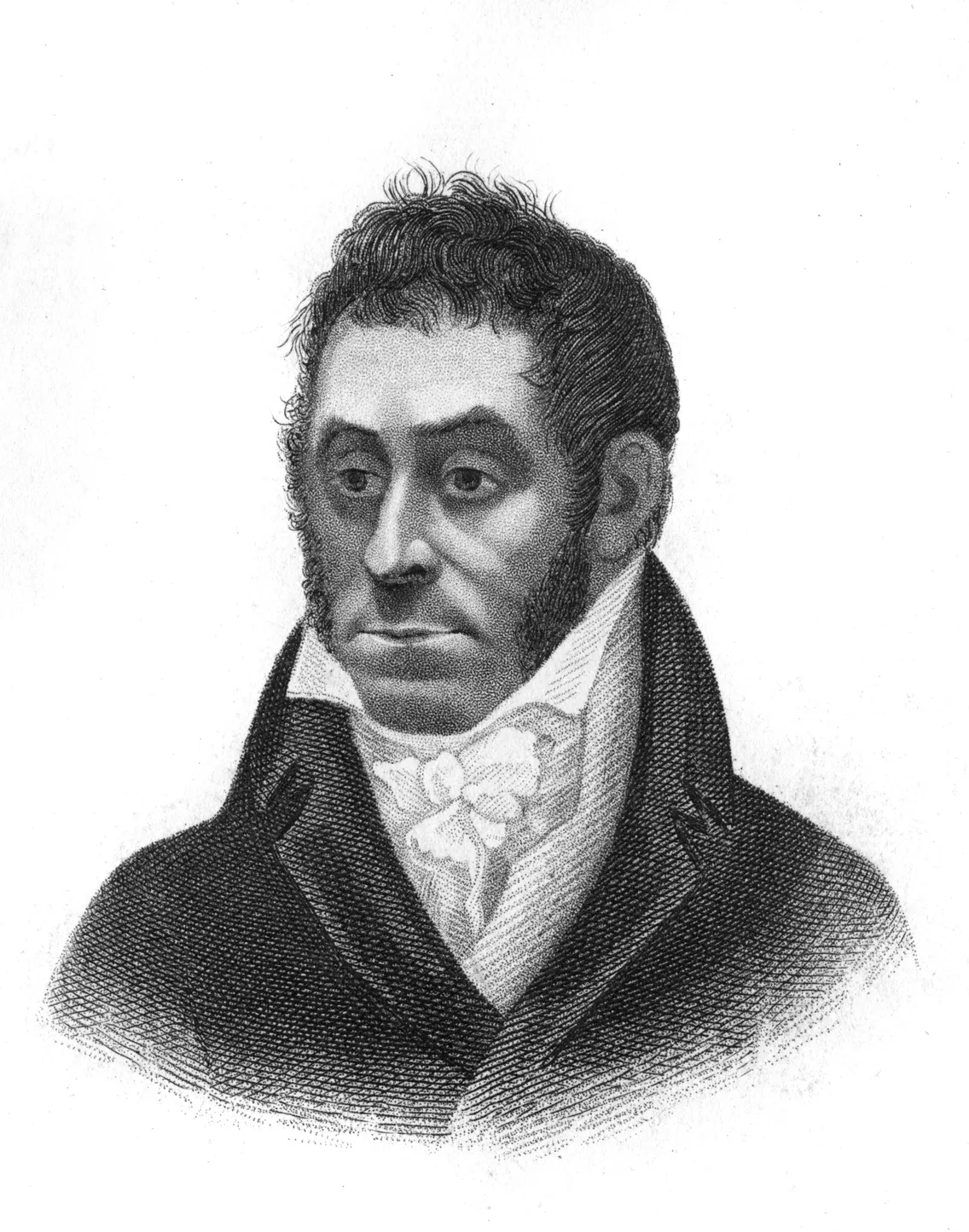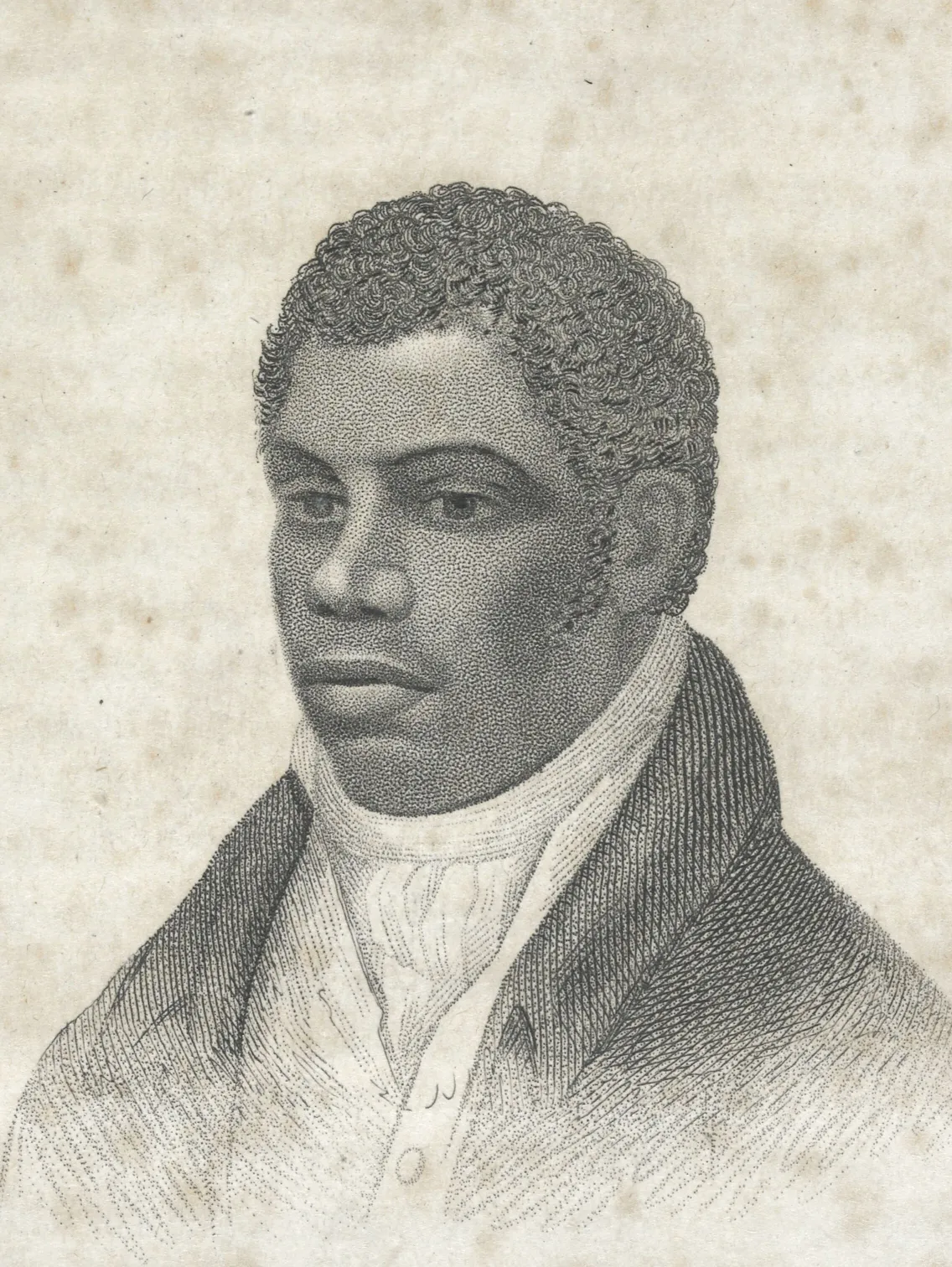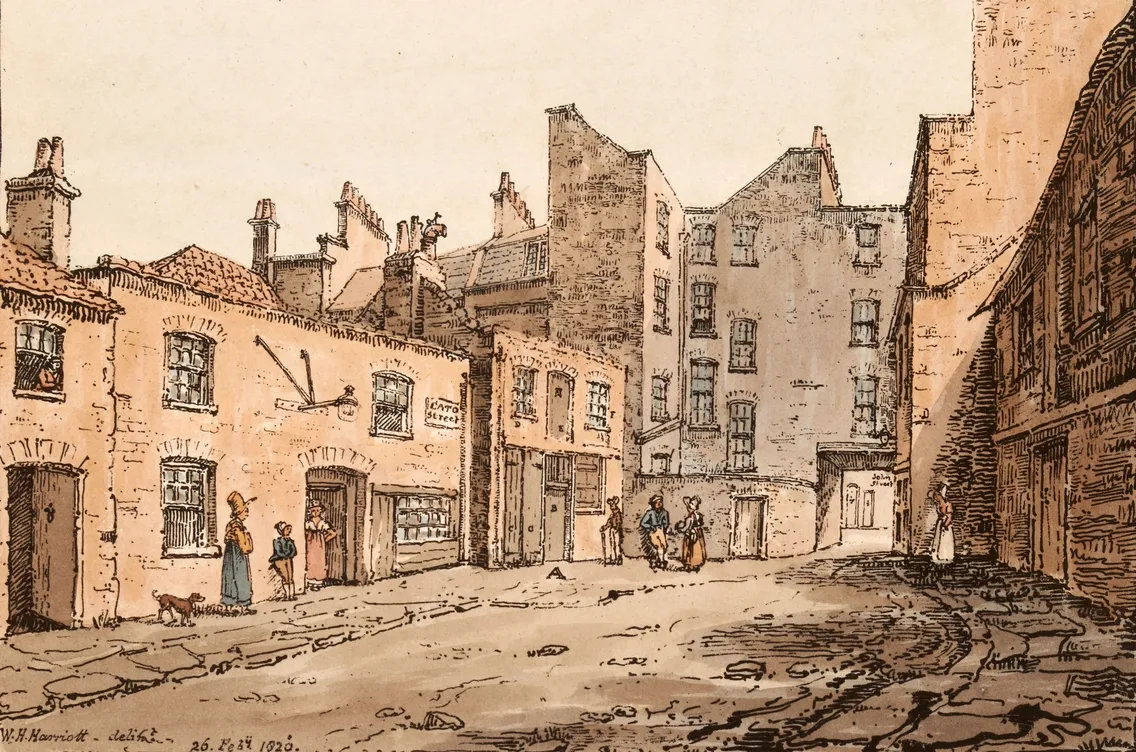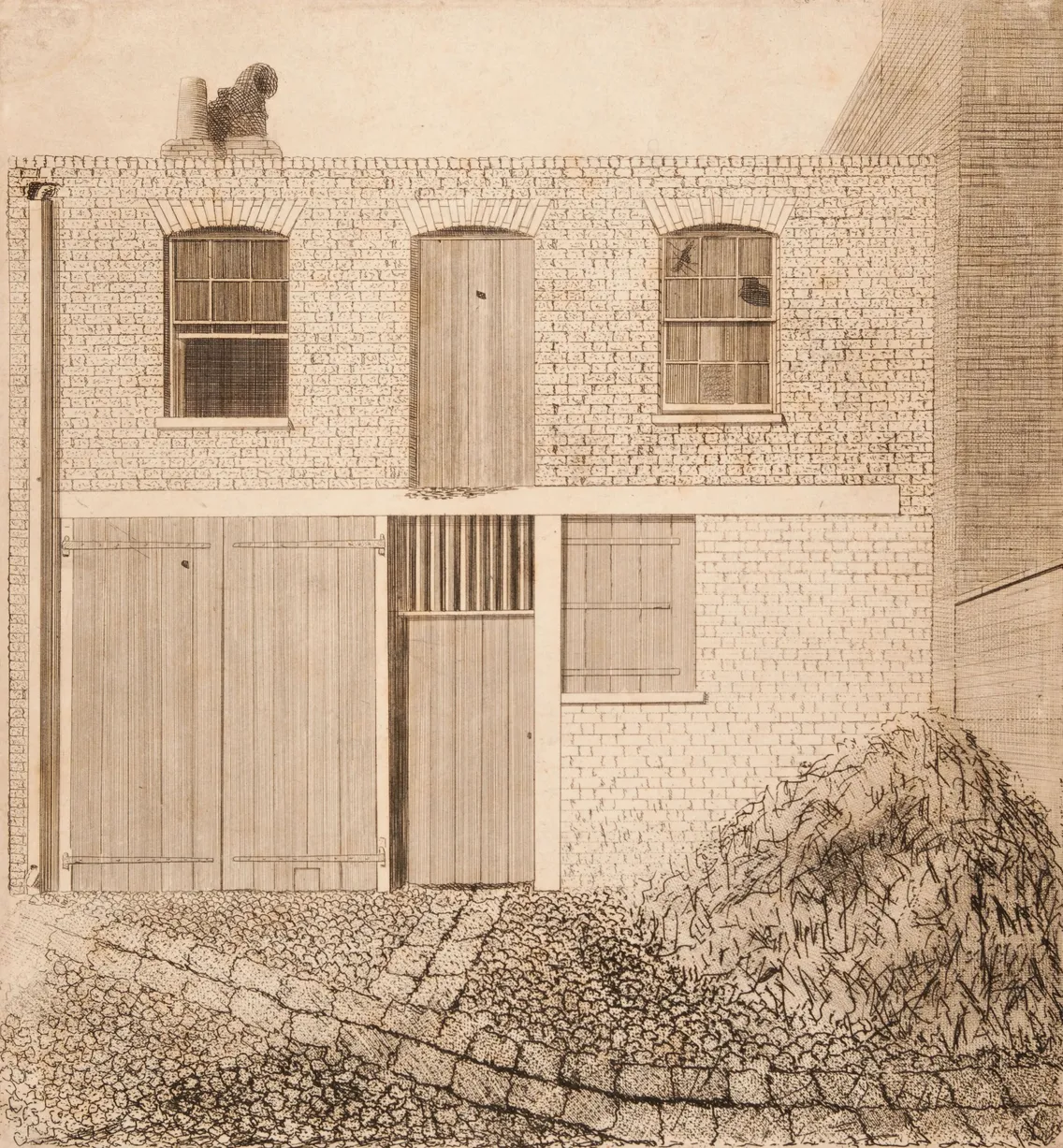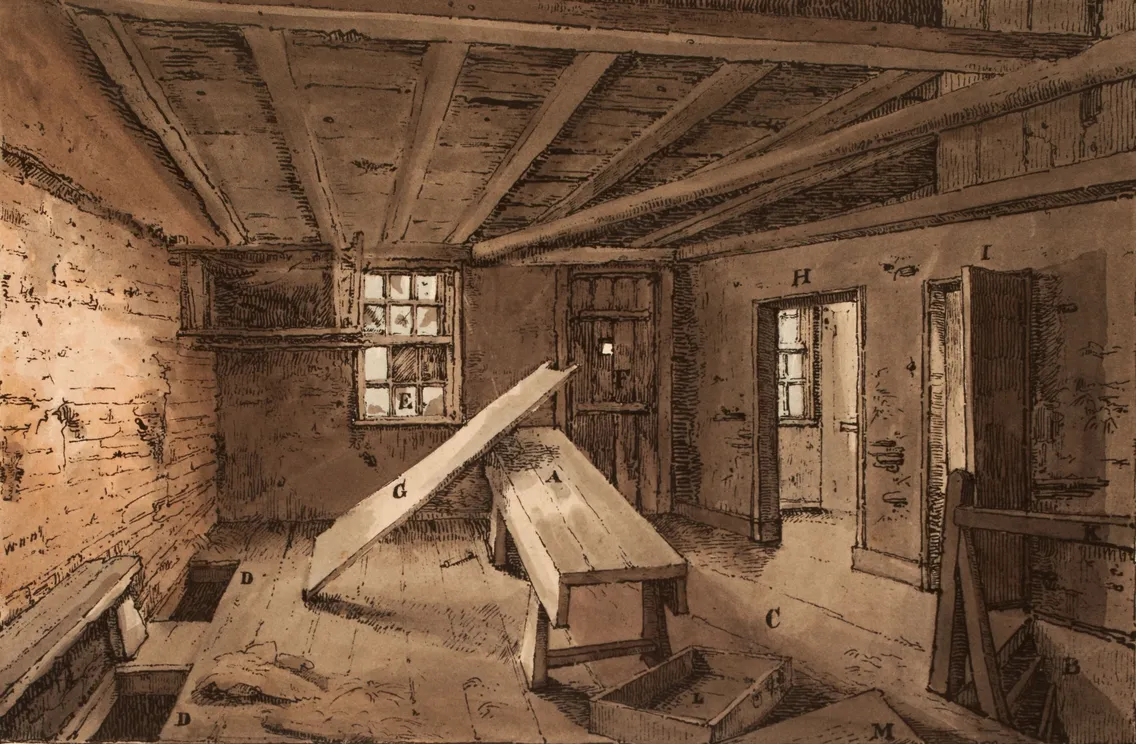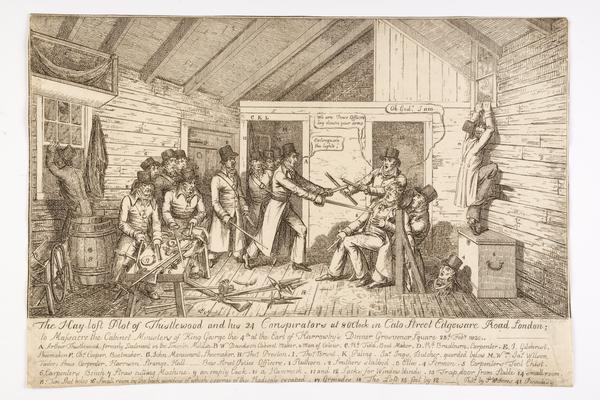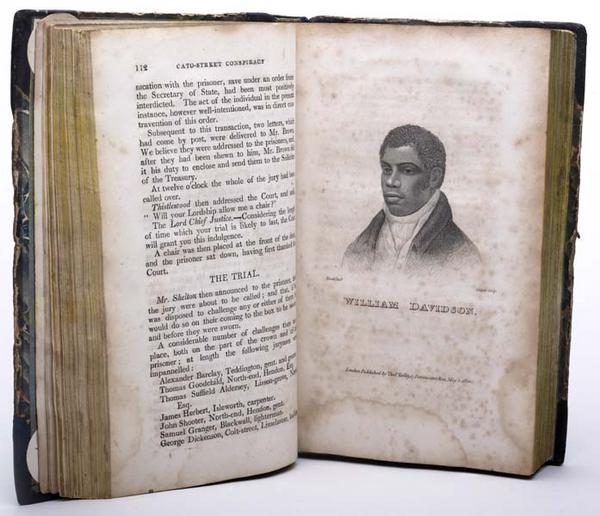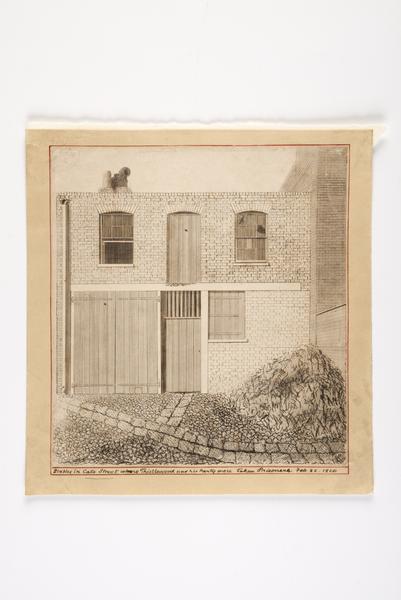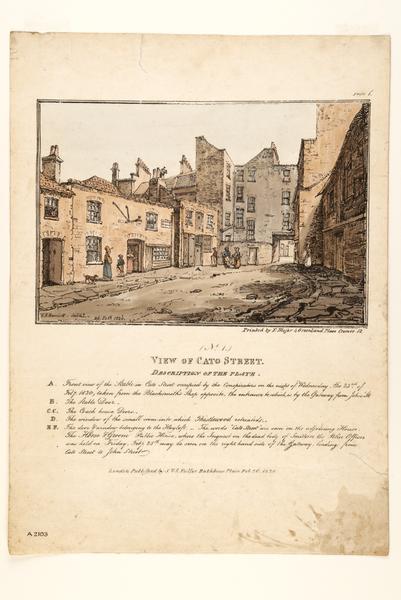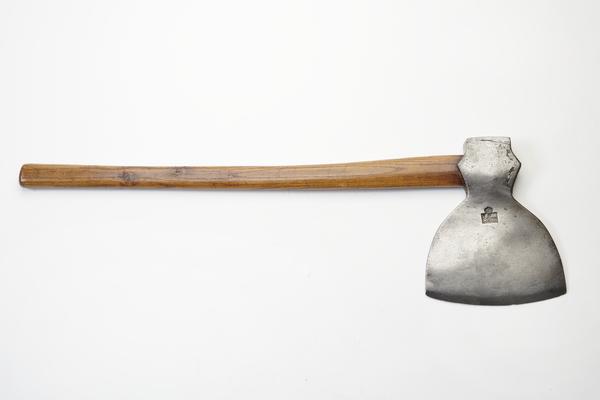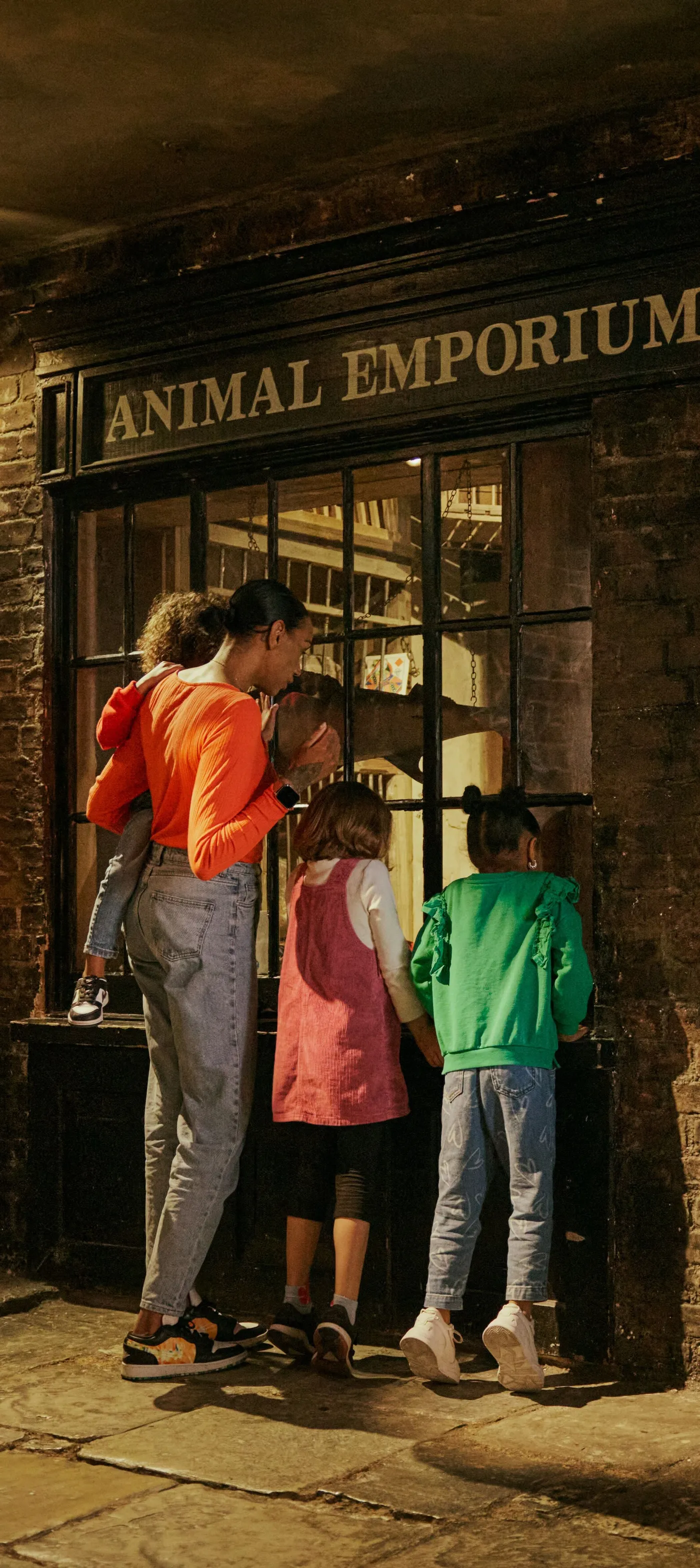The Cato Street Conspiracy: A failed revolution
In 1820, five men were executed outside Newgate Prison for their plan to kill the prime minister and overthrow the government. They hoped to spark a revolution – but their infamous plot was spoiled by a spy.
Cato Street, Marylebone
23 February 1820
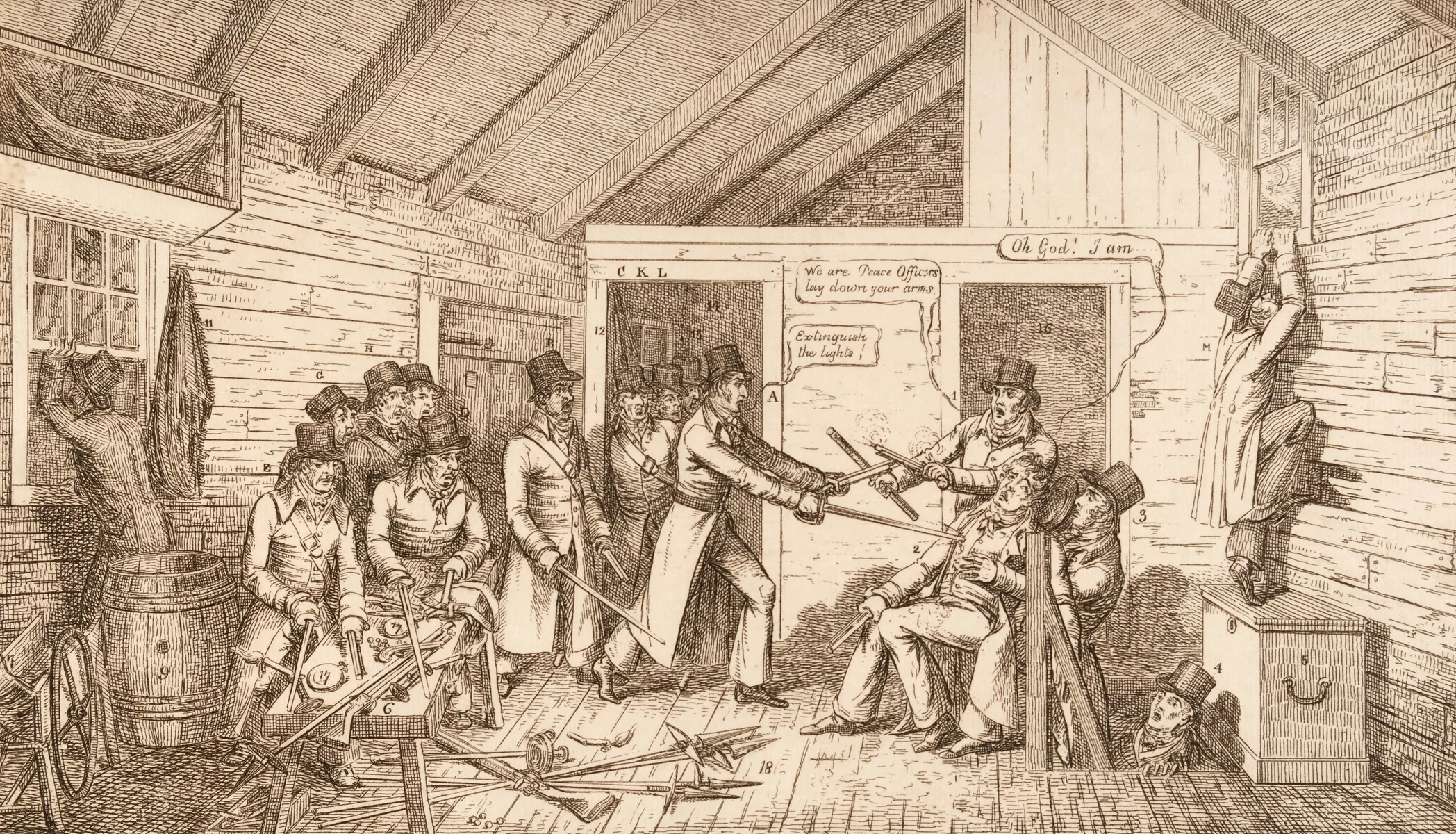
Bow Street Runners move in to arrest the plotters.
A deadly plot meets a fatal end
Head to Cato Street, off Edgware Road in west London, look for the blue plaque, and you’ll find the spot where the Cato Street Conspiracy came to a dramatic end.
On the evening of 23 February 1820, a group of men gathered there, in the hay loft above a stable. They were preparing to kill all of the government’s cabinet ministers, hoping it would trigger a revolution.
Instead, they were interrupted and arrested, having been betrayed by a government spy. Five of the ringleaders were executed in front of a crowd outside Newgate Prison, becoming the last prisoners to be beheaded in Britain.
The sensational event fascinated the public, who followed newspaper reports devotedly. For us, the Cato Street plot reveals a moment in London history when revolution was in the air.
Who were the Cato Street conspirators?
The five men executed for leading the plot were Arthur Thistlewood, Richard Tidd, James Ings, William Davidson and John Brunt.
In total, there were around 20 men discovered in the Cato Street loft, many of whom had previously been involved in radical politics. Most were poor tradesmen from across England, Scotland and Ireland. Ings was a butcher. Tidd was a shoemaker. Brunt also worked in the shoe trade as a boot closer.
Thistlewood was the leader of the plot. He’d been a radical activist for many years and was convinced that the government needed to be violently kicked out. In 1816, he was involved the Spa Fields meeting, where radicals made a failed attempt to seize the Tower of London.
Another of the Cato Street plotters, William Davidson, was the son of the attorney general of Jamaica and a local African woman. He studied in Scotland before working as a cabinet maker in Birmingham and London.
“I compare the present time to the French Revolution, we must arm ourselves as they did”
Allen Davenport
Why did the plotters want a revolution?
The ultimate goal was to overthrow Britain’s government and the aristocratic ruling elite, releasing their grip on the country’s wealth and land.
The plotters were partly motivated by outrage at the Peterloo Massacre in 1819, when cavalry charged protesters at a reform rally in Manchester. Most sources say that 18 people were killed and a hundred more were injured. Davidson was there on the day, and seeing it turned him to radical politics.
More generally, this was a revolutionary period in European history. The French Revolution had overthrown the country’s royalty and aristocracy 30 years before. After the Peterloo Massacre, Allen Davenport, who was part of the Cato Street plot, said: “I compare the present time to the French Revolution, we must arm ourselves as they did.”
Full-on revolution never made it to England. But with food expensive, unemployment high and only a small minority of men allowed to vote in elections, there were growing calls for radical change.
What was their plan?
The men gathered at Cato Street to collect weapons. From there, they planned to head to a nearby address on Grosvenor Square.
They thought they’d find the prime minister and the rest of his cabinet ministers enjoying a dinner there. They aimed to kill all of them. They’d behead key ministers and parade their heads in public.
The men then planned to form their own government. They believed that once news spread of their takeover, Londoners would flock to their cause, inspiring a national revolution.
How were they discovered?
The plotters didn’t know it, but their group had been infiltrated by a government spy named George Edwards.
In fact, there was no dinner taking place. It had been advertised in a newspaper. But this was all part of the trap.
As the men prepared in the loft on Cato Street, a group of Bow Street Runners, an early London police force, stormed inside to arrest them.
A print in our collection shows the chaotic scene as some of the plotters try to escape arrest. You can see Thistlewood stabbing and killing one of the Bow Street Runners. Four men escaped by climbing out of windows, but were later caught.
“I desire all here to remember, that I die in the cause of liberty”
Arthur Thistlewood
What happened to the Cato Street plotters?
Arthur Thistlewood, Richard Tidd, James Ings, William Davidson and John Brunt were charged with treason. The sentence was brutal: hanging, drawing and quartering. Other plotters were transported to Australia.
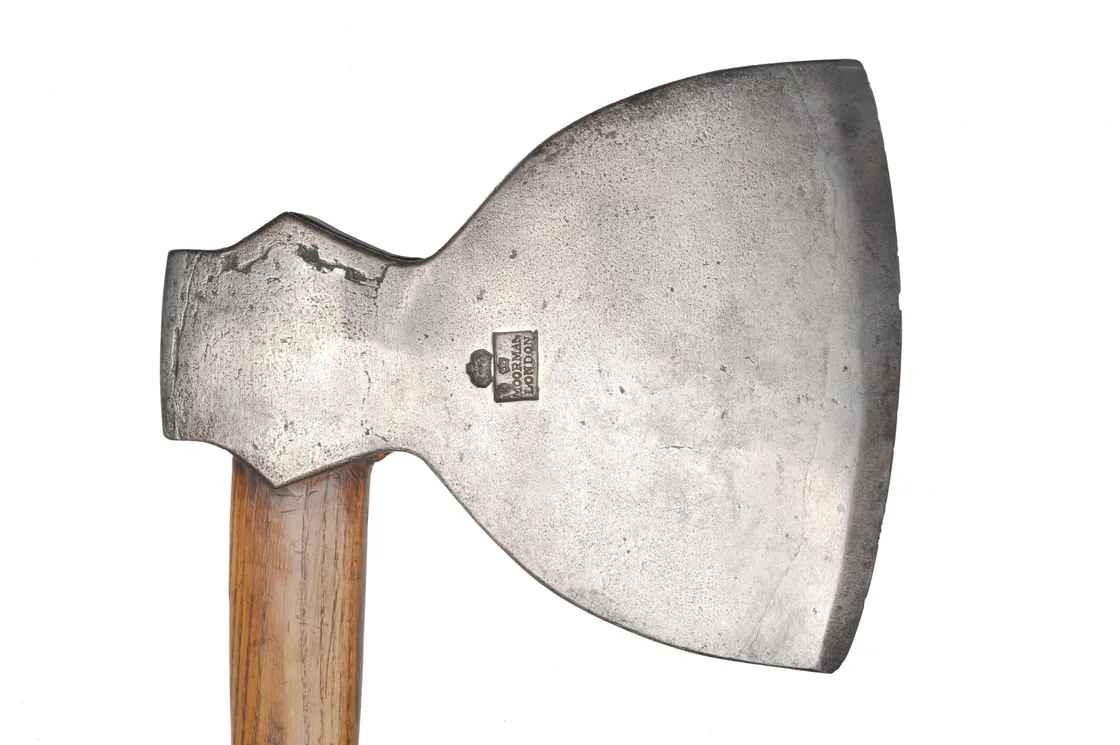
The axe specially made for the execution, but never used.
The executions took place on 1 May 1820 outside the fearsome Newgate Prison – London’s main execution site at that time.
According to newspaper reports, many in the crowd showed their sympathy for the men by booing the executioner. Nervous that disorder might break out, the government stationed soldiers and artillery in the area.
An axe in our collection was made for the event but never used. After the men had been hanged until dead, their heads were cut off by a masked man wielding a surgical knife.
Before he was killed, Thistlewood spoke to the crowd: "I desire all here to remember, that I die in the cause of liberty".



